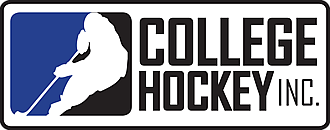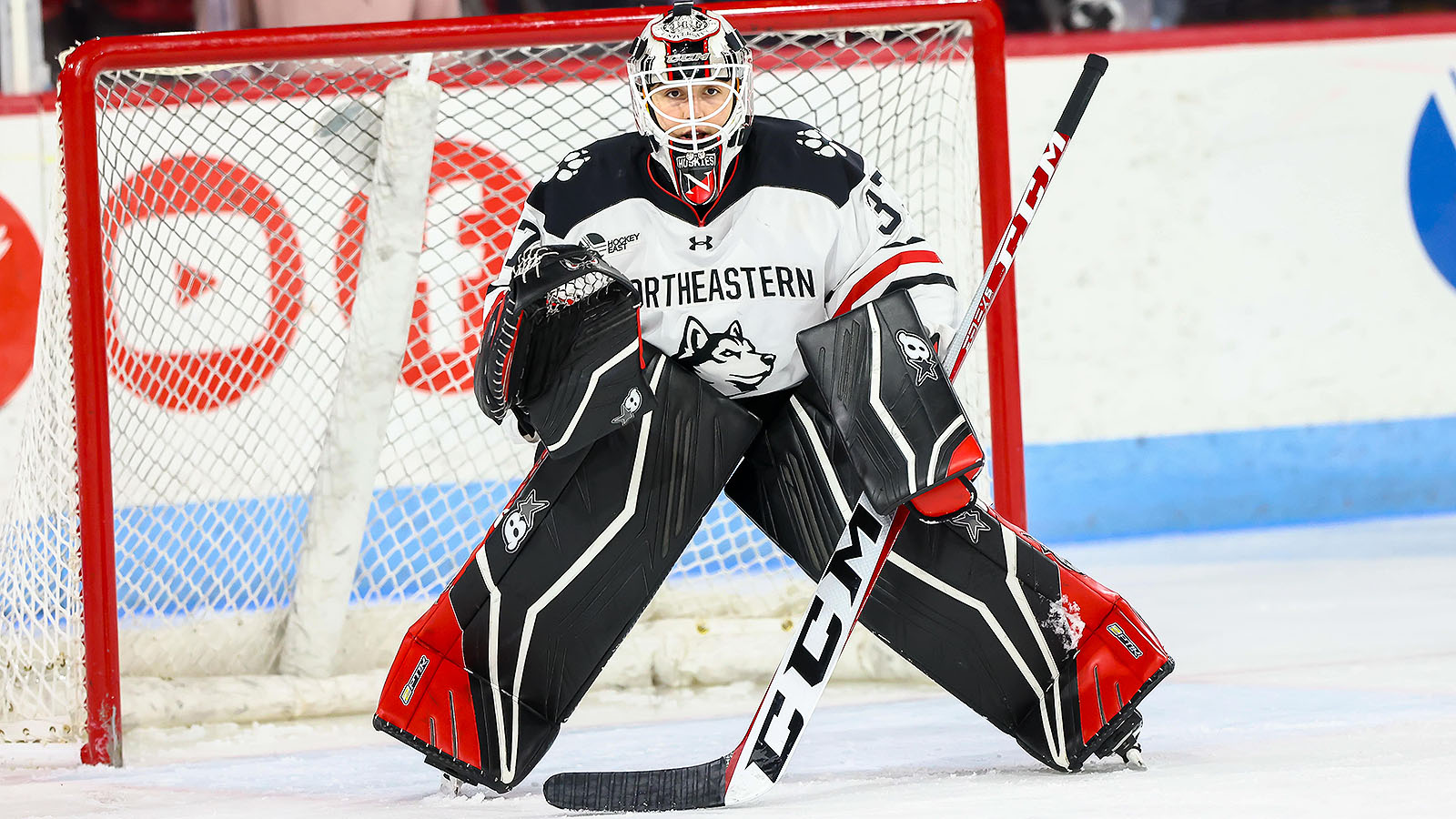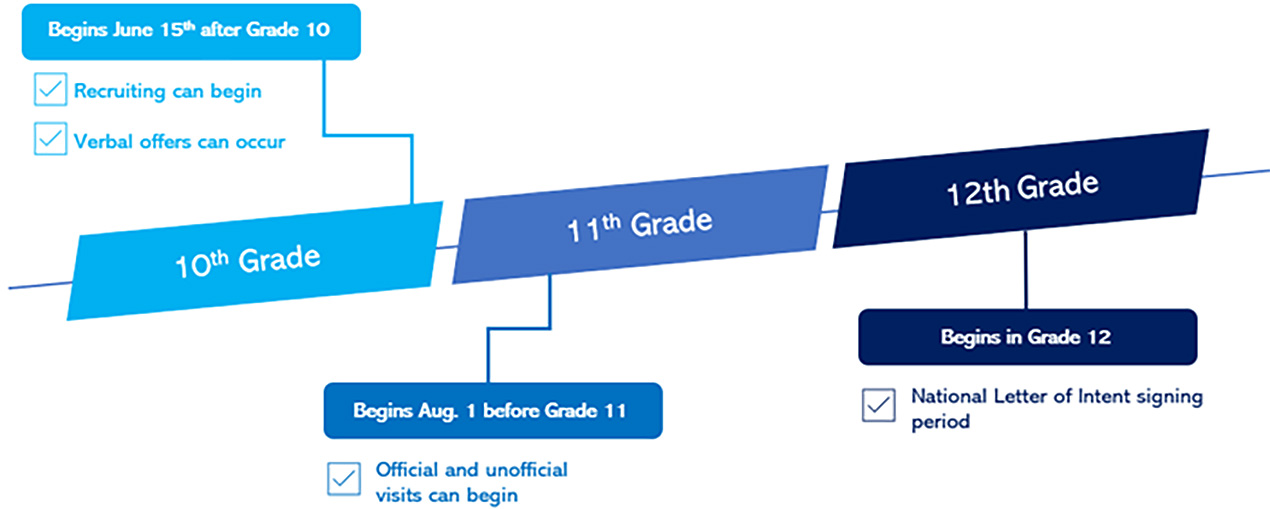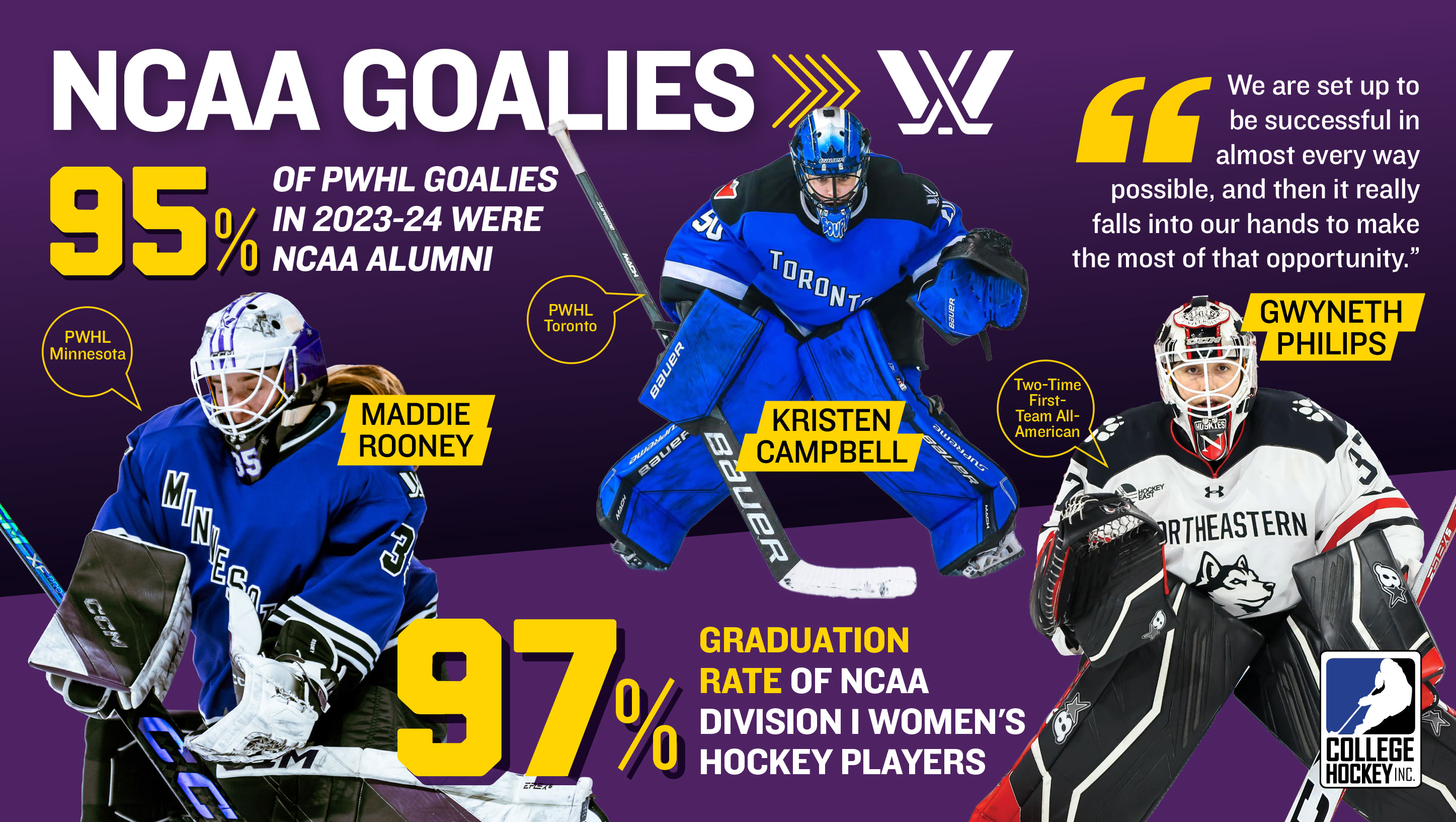


By Sadie Lundquist
For NCAA men’s goalies, College Hockey Inc.’s research shows, there is no singular path to reach Division I hockey. It’s a patient journey through 18U, prep school, or high school hockey, leading to a host of junior teams that can all help develop prospective DI goalies.
In an effort to understand the women’s path, College Hockey Inc. researched the 143 NCAA Division I goalies rostered for the 2023-24 season. Early in the study, it’s evident there is less data available for women’s players. Though the data is more limited for the women, we have similarly found there is no singular path forward for a female goalie to achieve the Division I dream.
Conclusion One: DI Goalies Played in Over 20 Leagues
Parents with children in pursuit of a Division I career frequently ask, “Where should my daughter play?” However, there is no one-size-fits-all answer, as paths vary, and the format for women’s high school hockey differs across leagues, states, and countries.
A player’s continued development in varying leagues hinges on numerous factors: proximity to home, community, school characteristics, caliber, travel, and more. While there are three to four leagues that produce the most, over 20 different leagues fostered the 143 rostered Division I women’s goalies for the 2023-24 season. Given the number of leagues capable, high-caliber goaltenders play in, student-athletes should not hyperfocus on being in the perceived best league. Instead, focus on the league that provides ample opportunity for them to play and play their best.
| Where goalies committed from - NCAA DI Goalies 2023-34 | |||
| League | Details | # | % |
| 19U AAA | Tier 1 AAA in USA / CAN | 38 | 27% |
| OWHL | Ontario Women’s Hockey League | 30 | 21% |
| USHS-MN | MN High School | 23 | 16% |
| Prep | Prep School | 18 | 13% |
| USHS | US High School | 8 | 6% |
| CAHS | Canadian High School | 4 | 3% |
| CSSHL | Canadian Sport School Hockey League | 5 | 3% |
| 16U AAA | Tier 1 AAA USA / CAN | 2 | 1% |
| AFHL | Alberta Female Hockey League | 1 | 1% |
| EWHL | European Women’s Hockey League | 1 | 1% |
| HPHL | High Performance Hockey League (boys) | 1 | 1% |
| INT-HL | International Hockey League | 1 | 1% |
| Mestis | Mestis Finland | 1 | 1% |
| MFMHL | Manitoba Female Midget Hockey League | 1 | 1% |
| Midget | Ottawa AA Midget Hockey | 1 | 1% |
| Naisten Liiga | Naisten Liiga Finland | 1 | 1% |
| Norway 16U | U16 Norway | 1 | 1% |
| QCHL | Quebec City Hockey League | 2 | 1% |
| SDHL | Swedish Women’s Hockey League | 2 | 1% |
| USPHL | US Premier Hockey League (boys) | 2 | 1% |
Focusing on goalies with at least 14 games played in the 2023-24 regular season, the same leagues remain frontrunners. Tier 1 AAA, high school hockey and the Ontario Women’s Hockey League continue to lead in production. Still, 13 other leagues also contributed to netminders with 14 or more games.
| Where goalies committed from – 2023-24 goalies with 14+ GP | |||
| League | Details | # | % |
| 19U AAA | Tier 1 AAA in USA / CAN | 12 | 22% |
| USHS-MN | US High School Minnesota | 12 | 22% |
| OWHL | Ontario Women’s Hockey League | 10 | 18% |
| Prep | Prep School | 5 | 9% |
| CSSHL | Canadian Sport School Hockey League | 3 | 5% |
| CAHS | Canadian High School | 2 | 4% |
| SDHL | Swedish Women’s Hockey League | 2 | 4% |
| USHS | US High School | 2 | 4% |
| HPHL | High Performance Hockey League (boys) | 1 | 2% |
| INT-HL | International Hockey League | 1 | 2% |
| MFMHL | Manitoba Female Midget Hockey League | 1 | 2% |
| Naisten Liiga | Naisten Liiga Finland | 1 | 2% |
| Norway 16U | U16 Norway | 1 | 2% |
| QCHL | Quebec City Hockey League | 1 | 2% |
| USPHL | US Premier Hockey League | 1 | 2% |
Conclusion Two: The Average Commitment Age is 17.56
Understanding the pathways of goalie development is important, but it’s also important to acknowledge that no two timelines are identical. College Hockey Inc. reviewed the commitment timelines of current goalies in their journey to college hockey. Unfortunately, the college commitment date is the least consistent data point available on the women’s side, with only 53 of the 143 goalies having this information.
Based on available data, the average age for a goalie to commit to a Division I hockey program is 17.56 years. It’s common for players and parents to feel pressure regarding recruitment and commitment, but the era of 14- and 15-year-old commits has passed. In fact, recent changes in NCAA recruiting rules prohibit coaches from contacting players until June 15 following their sophomore year.
*only 37% of commitment dates are recorded for DI goalies.

Conclusion Three: DI Players are Developing in Women’s Hockey
There is still growth ahead for women’s hockey, but it's important to acknowledge the strides we have made. Names like AJ Mleczko, Natalie Darwitz, and Angela Ruggiero are known for their hockey greatness, but they also symbolize the challenges of having to play boys' hockey in their early years. These pioneers led the way, battling for ice time, playing time, and the respect that the women’s game deserved.
Fast-forward to today and it's no longer the norm for girls to play boys' hockey. While not every young girl is fortunate enough to have access to a girls' team or program, playing with the boys is now widely recognized as the exception rather than the rule. Among the rostered Division I women’s goalies, less than 10% played significant boys’ hockey during their developmental years, and only three committed directly from a boys’ team or program. Although women’s hockey is still growing, we have come a long way from the days when the only option for many was boys’ hockey.
Conclusion Four: We Need More Data
While our analysis provides valuable insights, we’re only beginning to tell the story of the pathway to Division I women’s hockey. With more data, we’ll have an even clearer picture of what it takes to reach the highest level of collegiate hockey.
While we’re grateful for the resources available, 96 of the 143 rostered goalies, or 67%, are missing at least one data point. Our final conclusion is future-focused. In the realm of women’s hockey, there's a need for improved and more complete data tracking.
